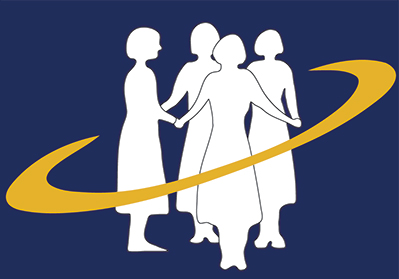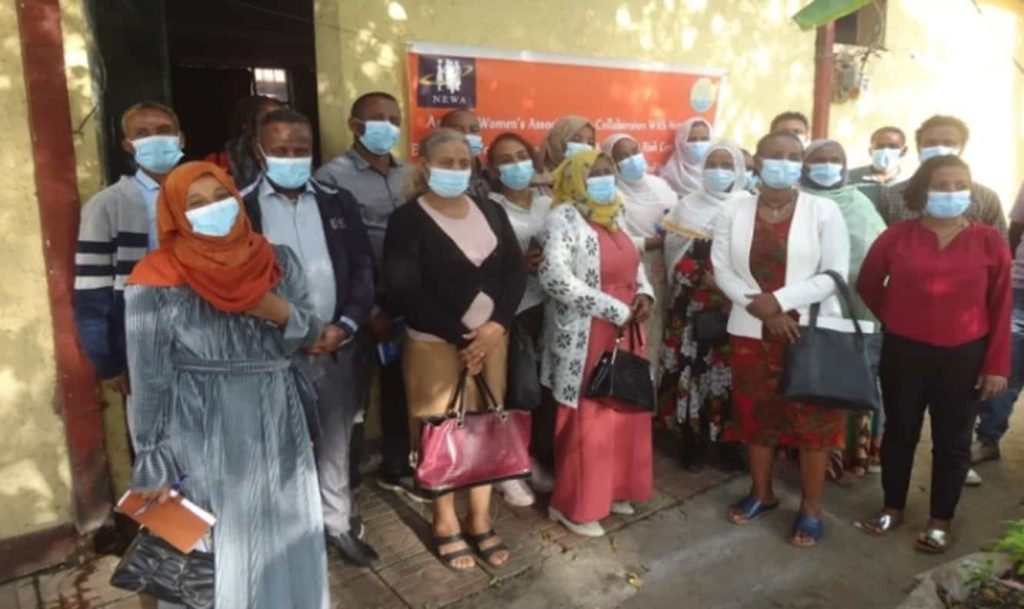Women’s equal participation and leadership in political and public life are essential to achieving the Sustainable Development Goals by 2030. However, data shows that women are underrepresented at all levels of decision-making worldwide and achieving gender parity in political life is far off.
Women in executive government positions
- As of 1 September 2021, there are 26 women serving as Heads of State and/or Government in 24 countries. At the current rate, gender equality in the highest positions of power will not be reached for another 130 years.
- Just 10 countries have a woman Head of State, and 13 countries have a woman Head of Government.
- Only 21 per cent of government ministers were women, with only 14 countries having achieved 50 per cent or more women in cabinets. With an annual increase of just 0.52 percentage points, gender parity in ministerial positions will not be achieved before 2077.
- The five most commonly held portfolios by women ministers are: Family/children/youth/elderly/disabled; followed by social affairs; Environment/natural resources/energy; Employment/labour/vocational training, and Women affairs/gender equality.
Women in national parliaments
- Only 25 per cent of all national parliamentarians are women, up from 11 per cent in 1995.
- Only four countries have 50 per cent or more women in parliament in single or lower houses: Rwanda with 61 per cent, Cuba with 53 per cent, Bolivia with 53 per cent, and the United Arab Emirates with 50 percent.
- A further 19 countries have reached or surpassed 40 per cent, including nine countries in Europe, five in Latin America and the Caribbean, four in Africa, and one in the Pacific.
- More than two-thirds of these countries have applied gender quotas—either legislated candidate quotas or reserved seats—opening space for women’s political participation in national parliaments.
(Source UN Women 2021)
Share this post: on Twitter on Facebook on Google+ on LinkedIn

